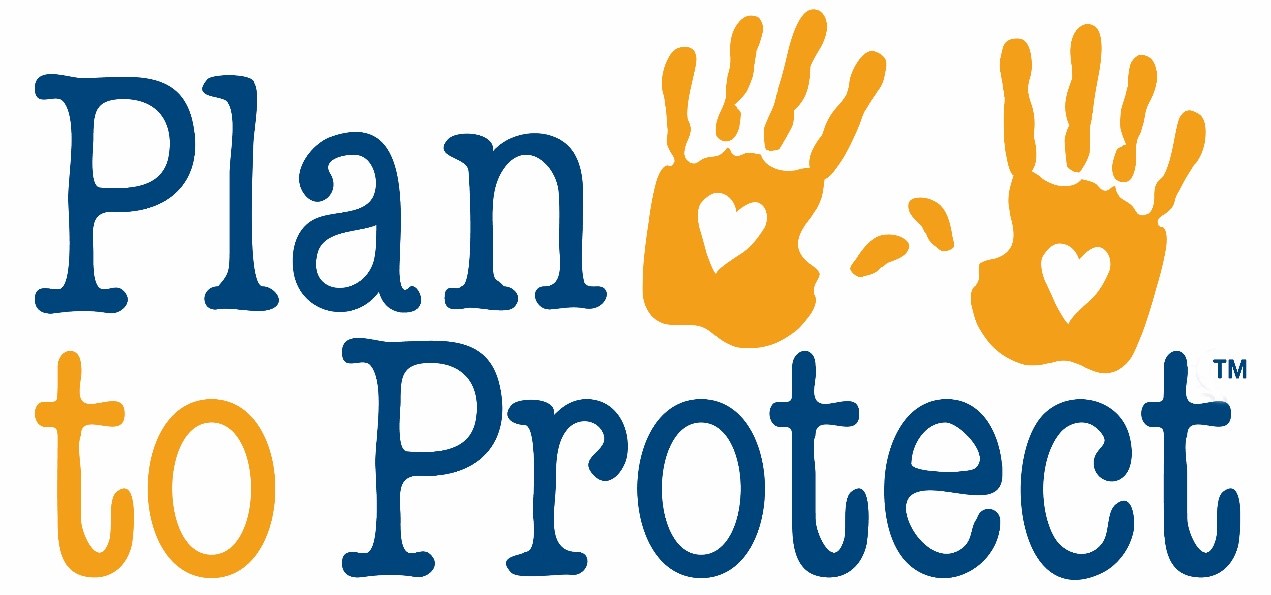The Department of Social Development leads this annual campaign in South Africa, with a focus on children’s rights and an appeal to all sectors of society to undertake protection of children.
The truth is, we all have a responsibility whether we have children of our own or not.

I’d like to suggest that protection of children should not be a spontaneous, ad-hoc affair, but intentional and thought through. Have you thought about what makes a safe space for children? Have you asked a child what makes a space safe for them? And once you know what they need to help them feel safe, what steps can you reasonably take to support that kind of environment for them?
I (Linda) learned a while ago with my own children to ask after a play date, even one at which I was present, “Did you have fun? Did you feel safe?” with a follow up: “What made you feel safe/unsafe?” When we’re able to discuss with our children their experience of their environment, we can help work with them to make plans to keep safe. Ongoing conversations with my kids about what helps them feel and be safe and unsafe helps them to think through for themselves when they are safe and when they are vulnerable. They’re learning how to express what they need for safety to be present – a safety that helps them to thrive and learn and grow as they’re meant to. My daughter tells me she feels safe in her classroom with her teacher “Because she’s kind.” My daughter is recognising the quality of kindness as a safe container for her to learn in, and hopefully she herself is also growing in her kindness to other kids as her social interactions grow. Emotional safety is every bit as important as physical safety.
At dlalanathi, each time we start a process with children or adults, we ask them to define a safe space that they are happy to work in with us. We want to create parameters that optimise participation, relationship building, risk and growth. For me, this epitomises what child protection is all about. A large part of our capacity building with caregivers is helping them to grow in communication skills, such that they are able to open up safe spaces of intentional communication with their own children and others in the community. There is a vulnerability and risk in stepping into relationship in this way, especially when this kind of relationship has not been present before.
Time and again caregivers have come back to us and reported that simply by listening to their child and making time for them, their relationship has improved and their child has shared something more about their experiences in their own lives. Participation, relationship building, risk and growth have been woven together to create a safe space for children to communicate.
Protection and safety of children is about providing them space for participation and yes, risk. My (somewhat timid) son, decided he wanted to participate in a downhill mountain bike race recently. My husband went with him the day before the race and they did the course together; four times (at my son’s request)!! The day of the race, my son was one of 40 kids participating in that particular race. He was, naturally, nervous as it was the first time he had ever done anything like this before. He wasn’t completely comfortable at the start, but because his dad had taken him through the course, this provided him with a sense of confidence that enabled him to risk participating in the “unknown” and enjoy the race. My husband provided all the preparation he could, but ultimately he had to step back and let our son do the race entirely on his own, and he did. My son wouldn’t have learned about what goes into participation in a mountain bike race by sitting on the couch watching the pros do it – although it would surely have been safer!
When we think about safety with our children and help to co-create safe spaces for them, we give them a place to grow from, to take good risks, to try new things.
Consider your relationships with children; your own or nieces, nephews, friend’s kids, or your neighbour’s, or children you work with. What conversations could you have with them about what a safe space means to them? Because even that one conversation provides a child with a safe space to participate and contributes to child protection!
Consider your relationships with children; your own or nieces, nephews, friend’s kids, or your neighbour’s, or children you work with. What conversations could you have with them about what a safe space means to them? Because even that one conversation provides a child with a safe space to participate and contributes to child protection!